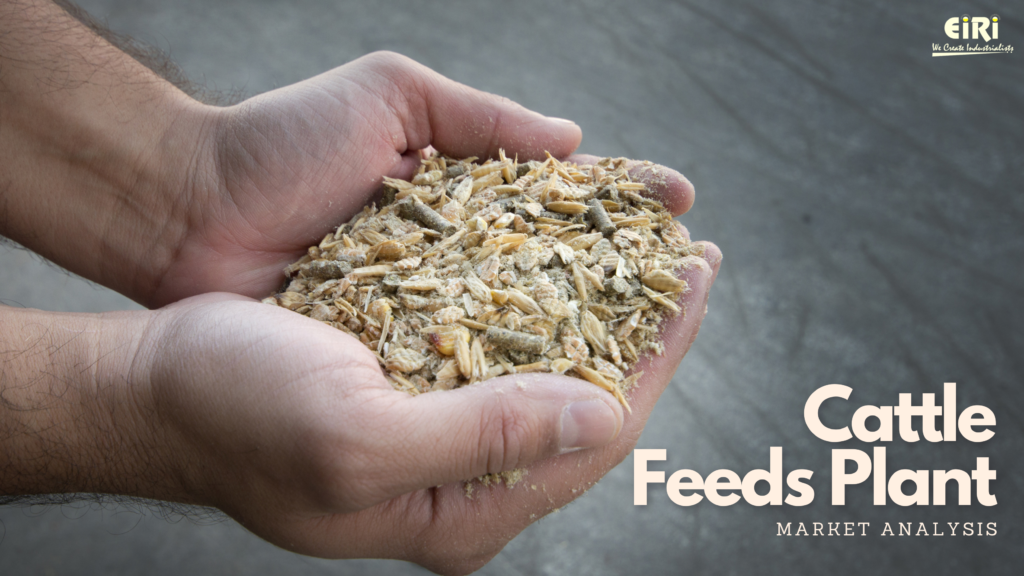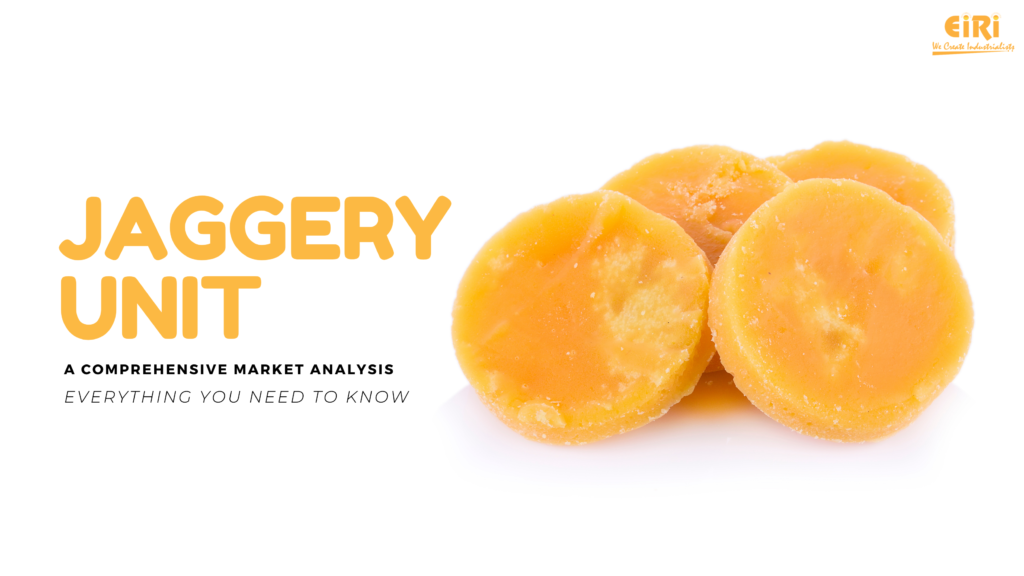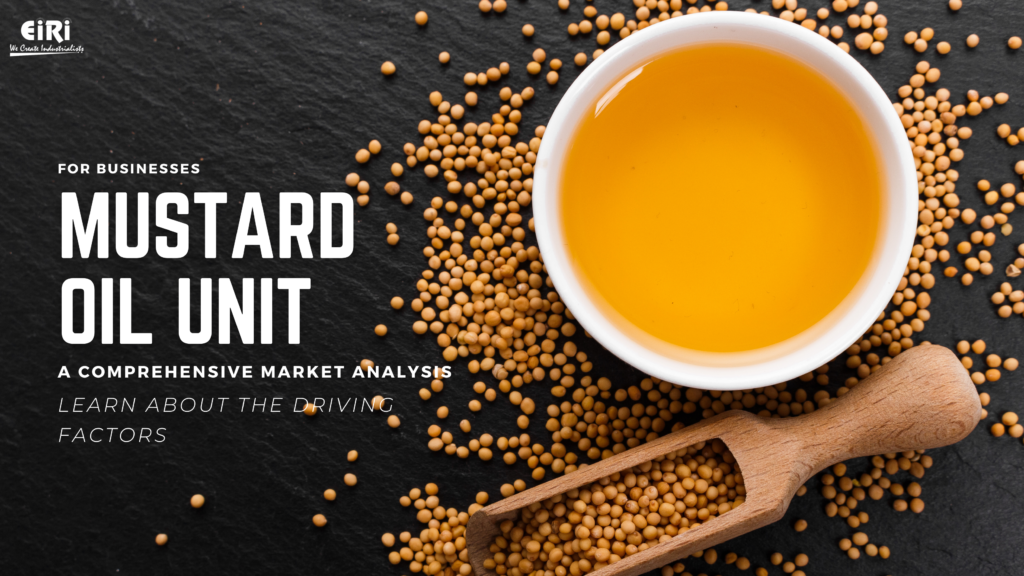DEXTROSE SALINE – I.V. FLUID (FFS TECHNOLOGY)
Intra venous fluids, in general are used as I.V drips for patients in nursing homes and hospitals suffering from acute dehydration or considerable debilitating conditions. These I.V fluids replanish the body fluids. Though a number of I.V fluids are there, generally three types of I.V fluids are used in hospitals as I.V drips. They are as follows:-
- Dextrose injection fluid
- Dextrose and sodium chloride injection fluid
Types of IV Fluid
Crystalloid: Balanced salt/electrolyte solution; for msa true solution and is capable of passing through semi permeable membranes. May be isotonic, hypertonic or hypotonic. Normal Saline (0.9% NaCl), Lactated Ringer’s, Hypertonic saline (3, 5, & 7.5%), Ringer’s solution. However, hypertonic solutions are considered plasma expanders as they act to increase the circulatory volume via movement of intracellular and interstitial water into the intravascular space.
Colloid: High-molecular-weight solutions, draw fluid into intravascular compartment via on cotic pressure (pressure exerted by plasma proteins not capable of passing through membranes on capillary walls).Plasma expanders, as they are composed of macromolecules, and are retained in the intravascular space.
Free H2O solutions: provide water that is not bound by macromolecules or organelles, free to passthrough.D5W (5% dextrose in water), D10W, D20W, D50W, and Dextrose/crystalloid mixes. Blood products: whole blood, packed RBCs, FFP, Cryoprecipitate, platelets, albumin. Essentially all colloids.
IVF can supply 3 things: fluid, electrolytes, & calories. In the non stressed, fasting state, the 150g per day inD5W at 125ml/h can provide enough carbohydrate to limit proteolysis. The most common uses for IVF: Acutely expand intravascular volume in hypovolemic states correct electrolyte imbalances Maintain basal hydration
Dextrose saline
At present there are about over 92 companies which are manufacturing I.V. solutions. These include all units in the organized as well as in the unorganized sector. Another category of manufacturers which account for nearly 100 percent of the production are hospitals.
The five top companies (A category) which account for nearly 36 per cent of the total production.
The plant capacity of the plant is 15,000 Bottles/Day (5% Solution – 100 ml and 500 ml size), Land Area 2 Acre (8000 Sq. Mt.), Plant and Equipments Cost Rs. 1.20 Cr., Total capital Investment Rs. 404 Lacs, Return 29% and BEP 51%.
Especially considering the current changes in the health care market place and emphasis on Hygienic with more efficient and foolproof system with cost savings throughout the world, the introduction of an FFS IV Fluid Production Facility will certainly revolutionize manufacturing and distribution of IV solutions and hence setting up with an FFS IV Fluid Project is hot pan.
Such a project of setting up an FFS IV Fluid Production Facility for Parentral suitable for medical requirements suits every market which is in need of IV FLUID SOLUTIONS.
The market for IV solutions made by FFS technology, is the future market for third world and emerging nations is growing much faster and presents a tremendous opportunity for setting up a new project with FFS technology is demand of growing up market with high medical awareness . This growth is due to the building of better and higher quality health care institutions and other health care infrastructures in areas once deemed dormant.
World market growth is driven by population increases and constant up-scaling and sophistication of health care delivery. As part of this up-scaling, FFS IV infusion therapy is becoming increasingly important in overall health care treatment regimens as new developments in antibiotics and other medications used in areas such as chemotherapy, burn centers, and renal/peritoneal dialysis centers favor intravenous use and application.
Many countries continue to rely on imported product, which is often too expensive for the general population to afford. Frequently, where product is made locally, the quality is poor and the costs are still high. In addition, the lack of inexpensive and readily available supplies of FFS IV solutions in many developing nations has lead to a high incidence of death from non-mortal injuries and non-terminal diseases.
Prospects of IV fluids in III world countries
Government aspect:
As per the new W.H.O. guidelines every country should be self sufficient for life saving drugs like IV fluids.
Health aspect:
This is the most essential drug required at the time of hospitalization for curing a disease faster with infusion in the blood.
Financial aspect:
As IV fluid is sold without credit, the capital investment cost is achieved to the Break Even Point with a little amount of Working Capital and with good turnover. (Due to fast rotation of finished product formulation).
This is the only pharmaceutical formulation sold in cash.
Marketing aspect:
III World countries are lacking behind in the industries producing IV fluids as compared to other developing countries .
Production aspect:
There is no change in formulation of IV fluids for the longer period of time in comparison with tablet, capsule, injection etc.
Growth aspect:
As per W.H.O. data generated in the year 2013, the estimated growth is between 15-20% in third world countries.
Visionary aspect:
Due to higher petroleum prices, logistics plays a very important role in the pricing of per bottle formulation.
The following contents are provided in this project report prepared by www.eiriindia.org
- INTRODUCTION
- KEY TERMS
- DEXTROSE
- DEXTROSE SALINE INJECTION
- PROPERTIES
- REQUIREMENTS OF RAW MATERIALS
- ABOUT BLOW-FILL-SEAL (BFS) TECHNOLOGY
- ECONOMIC PROFILE
- WORLD MARKET CONSUMPTION
- MEDICAL BLOW-FILL-SEAL
- SOURCE OF MACHINES TECHNOLOGY
- USES AND APPLICATION
- SOME GENERAL INTRAVENOUS FLUIDS
- MARKET SURVEY
- ADDITIONAL MARKET POSITION
- INDIAN PATENTS LAW, TRADE LAW & TAXATION
- ‘TAX’ING INDIAN PHARMA
- PRESENT MANUFACTURES OF I.V FLUIDS
- SPECIFICATION OF INDIAN PHARMACOPEIA ON I.V FLUIDS DEXTRAN INJECTION
- DEXTRAN 110 INJECTION
- B.I.S. SPECIFICATIONS FOR PLASTIC I.V. BOTTLES
- SODIUM CHLORIDE AND DEXTROSE INJECTION
- WATER THE EXCELLENT SOLVENT USED IN PHARMACY
- BASIC RAW MATERIALS
- REQUIREMENTS OF RAW MATERIALS AND SPECIFICATIONS
- MANUFACTURING PROCESS OF FFS TECHNOLOGY
- ADVANTAGES OF B.F.S. VS. GLASS
- “B.F.S.” THE BLOW FILL SEAL TECHNOLOGY
- MANUFACTURING PROCESS UNDER B.F.S./F.F.S.
- SCHEMATIC DIAGRAM OF BFS PRODUCTION PROCESS
- FLOW DIAGRAM OF MANUFACTURING OF I.V. FLUIDS
- PLANT LAYOUT
- SCHEMATIC DIAGRAM OF FFS PLANT LAYOUT
- GENERAL PLANT LAYOUT
- EFFLUENT TREATMENT AND DISPOSAL
- TOLERANCE LIMITS FOR INDUSTRIAL EFFLUENT DISCHARGE
- WASTE TREATMENT
- TYPICAL WASTE SOLIDS CHARACTERISTICS
- SPECIFICATION OF EFFLUENT DISCHARGE OF PHARMACEUTICAL INDUSTRY
- MANPOWER
- IMPLEMENTATION SCHEDULE
- SCHEMATIC DIAGRAM OF PRODUCTION PLANT PROCESS
- LIST OF MACHINERY IV BAG PRODUCTION FORM FILL AND SEAL MACHINE
- CIP SYSTEM
- GUIDE TO GOOD MANUFACTURING PRACTICE (GMP) FOR MEDICINAL PRODUCT PRINCIPLE
- GENERAL
- CLEAN ROOM AND CLEAN AIR DEVICE CLASSIFICATION
- CLEAN ROOM AND CLEAN AIR DEVICE MONITORING
- ISOLATOR TECHNOLOGY
- BLOW/FILL/SEAL TECHNOLOGY
- TERMINALLY STERILISED PRODUCTS
- ASEPTIC PREPARATION
- PERSONNEL
- PREMISES
- EQUIPMENT
- SANITATION
- PROCESSING
- STERILISATION
- STERILISATION BY HEAT
- MOIST HEAT
- DRY HEAT
- STERILISATION BY RADIATION
- STERILISATION WITH ETHYLENE OXIDE
- FILTRATION OF MEDICINAL PRODUCTS WHICH CANNOT BE STERILISED IN THEIR FINAL CONTAINER
- FINISHING OF STERILE PRODUCTS
- SUPPLIERS OF RAW MATERIALS
- EMPTY IV BAG MANUFACTURER AND SUPPLIER IN INDIA
- INDUSTRIAL ETP PLANT MANUFACTURE/SUPPLIER
APPENDIX – A :
- COST OF PLANT ECONOMICS
- LAND & BUILDING
- PLANT AND MACHINERY
- FIXED CAPITAL INVESTMENT
- RAW MATERIAL
- SALARY AND WAGES
- UTILITIES AND OVERHEADS
- TOTAL WORKING CAPITAL
- COST OF PRODUCTION
- PROFITABILITY ANALYSIS
- BREAK EVEN POINT
- RESOURCES OF FINANCE
- INTEREST CHART
- DEPRECIATION CHART
- CASH FLOW STATMENT
- PROJECTED BALANCE SHEET



